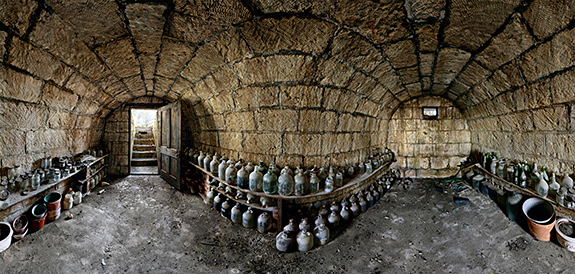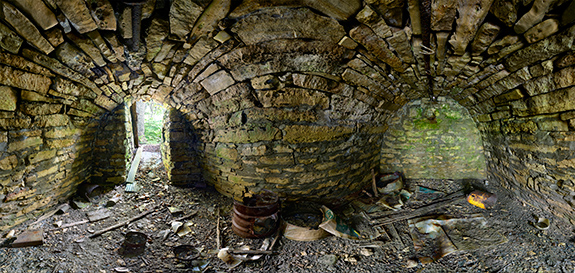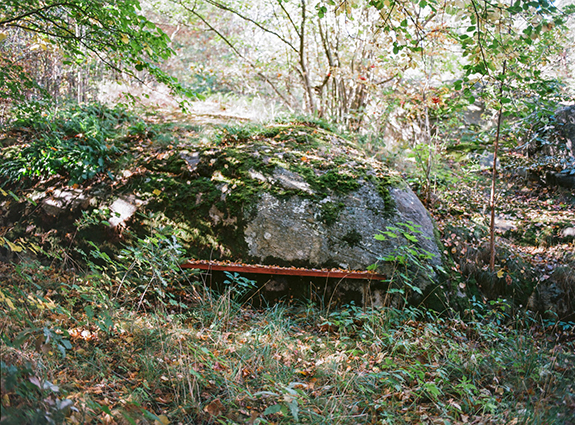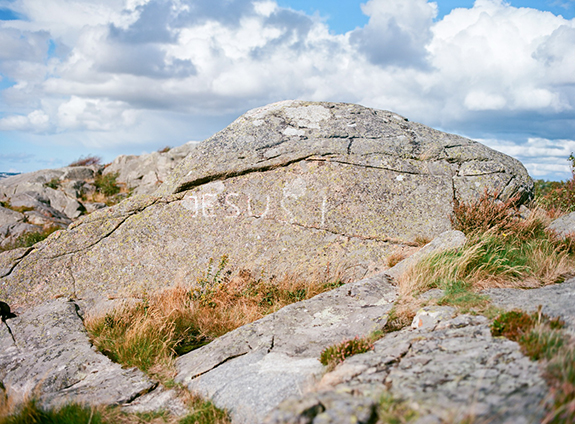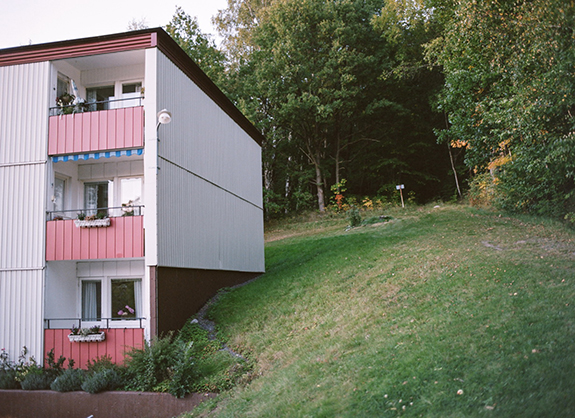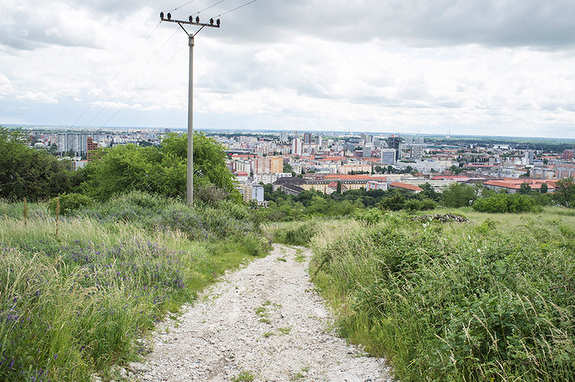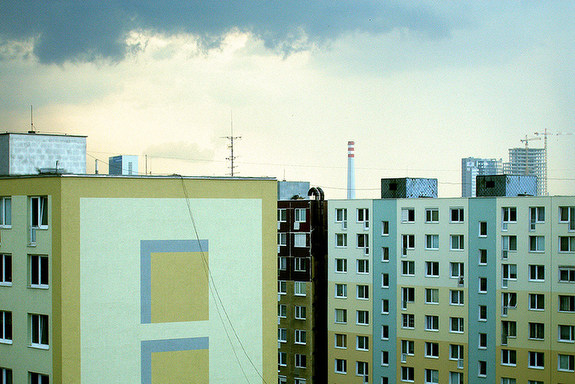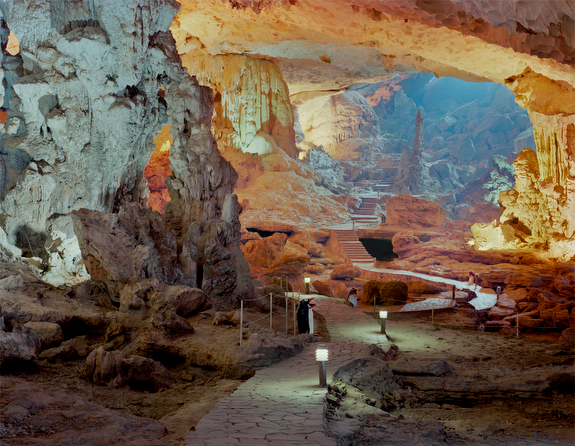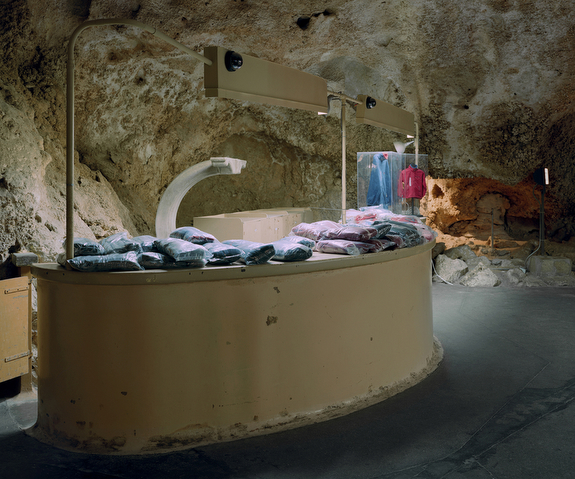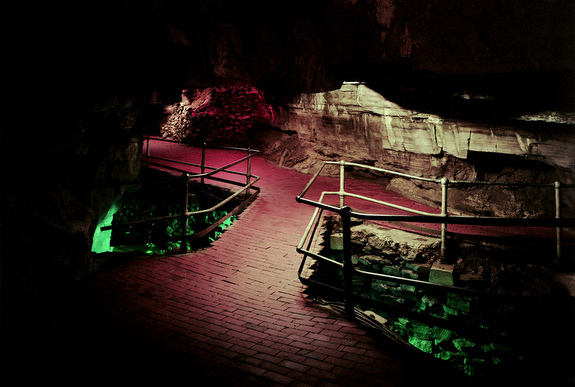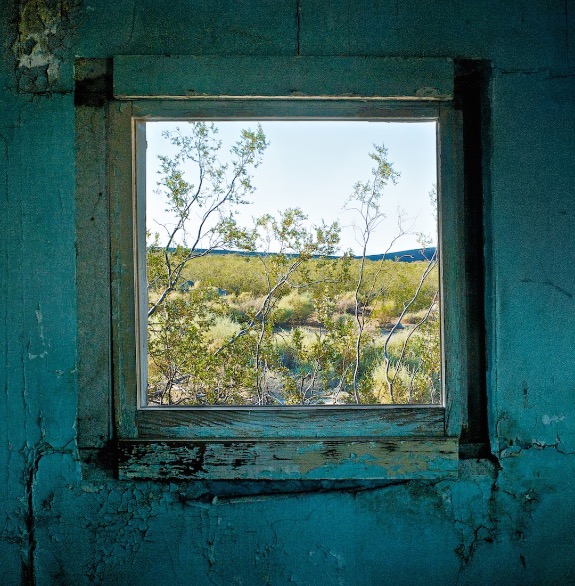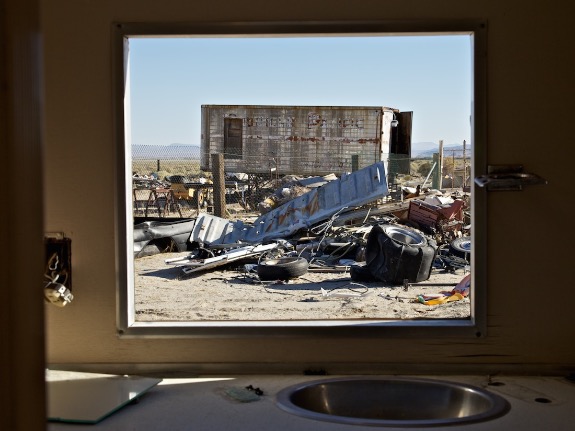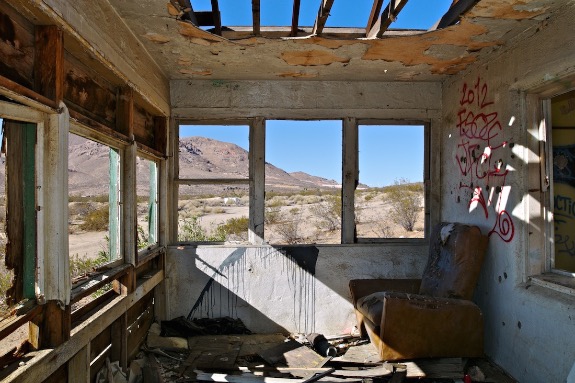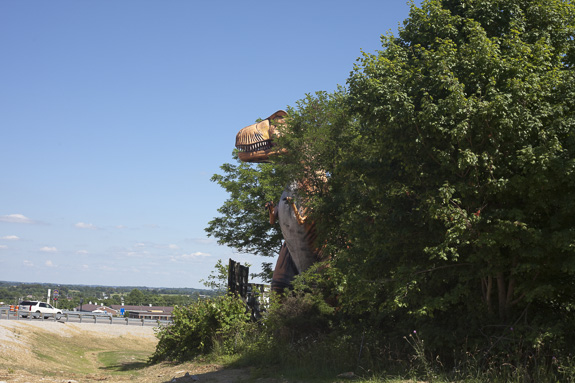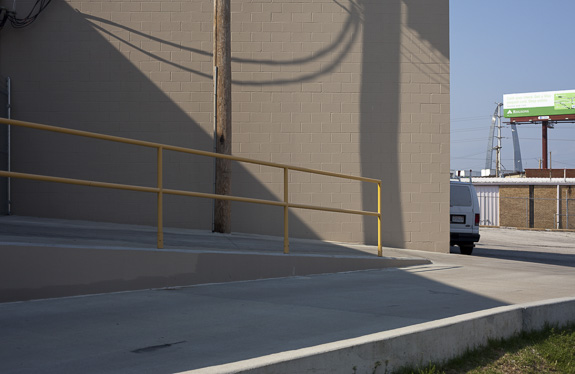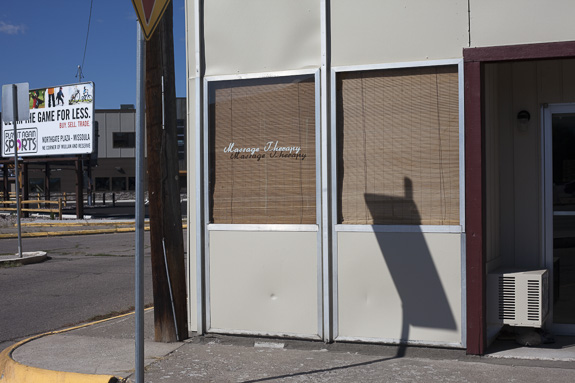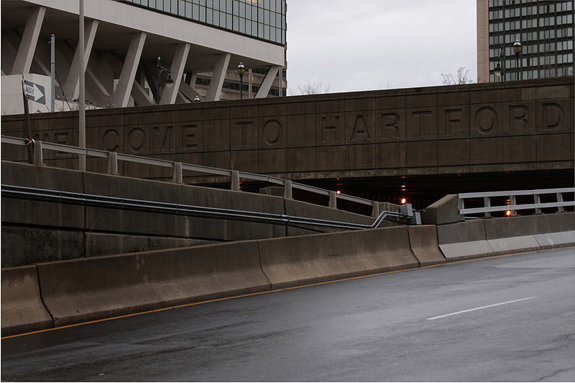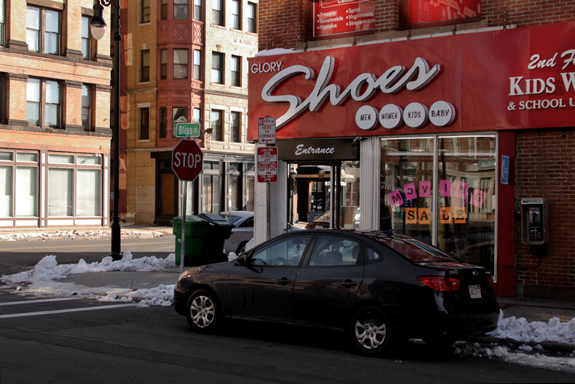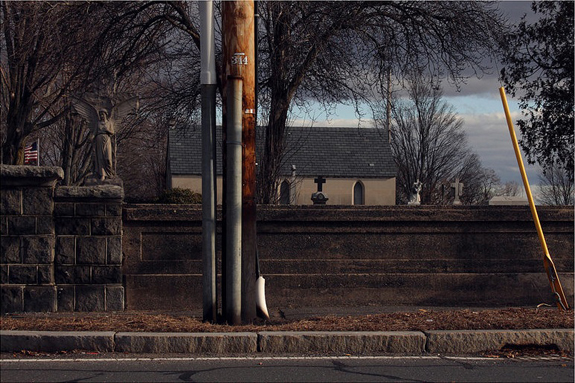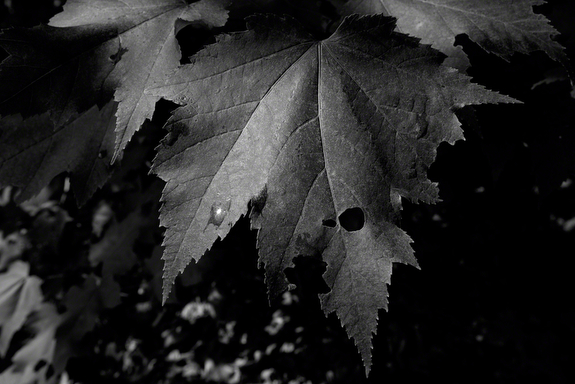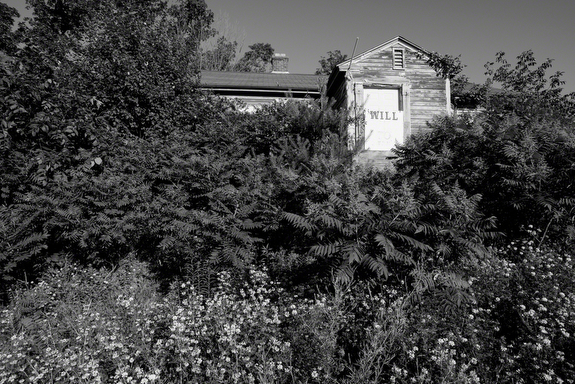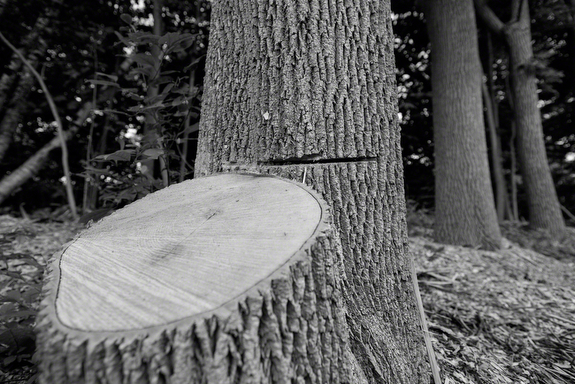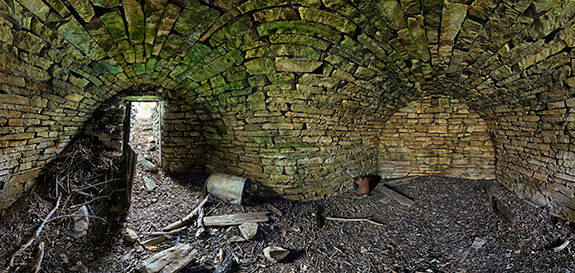
FlintHillShelters.com
Arched-roof, man-made caves dot the landscape of the Flint Hills region of Kansas, the area I have called home for most my life. These native stone constructions are often all that remain of early homesteads and may represent the last traces of the people who built and relied on them. The shelters exude a spirit or soul, possibly due to their resemblance to ancient crypts or religious holy places. The chisel marks on the native stone, which was harvested from local quarries or gathered from surrounding pastures, are like the lines on your hand, unique to each individual structure. I have come to admire these structures for their hidden beauty and importance to the lives of early homesteaders.
I have spent a great deal of time researching and looking for these often elusive structures, wandering the landscape in hopes of stumbling upon them, and talking to locals for leads. I have now found nearly 300 arched subterranean shelters, documenting each and attempting to discover as much historical information about them as I can. Through my photographs I hope to preserve and present these structures in a new and visually stimulating way, using technologically advanced photographic techniques to create 360-degree impressions of their interiors. I photograph each structure in a standardized way, exposing its subtle, unique characteristics, documenting what has been left behind, and showing the fingerprint-like quality left by the people who built it. Through my treatment, these hidden cavities become more like split-open geodes, revealing the beauty hidden inside.
These arched-roof structures were not large scale projects. Rather, they were built by individuals or families to sustain lives and provide security in times of crisis. Sometimes all that is left of the people who relied on these structures is a crypt-like cavity in the ground. I hope viewers will take the opportunity to reflect on their own role in the world, what they themselves have created or helped to create, and what legacies they will leave behind. Life is fragile and tenuous. We have lessons to learn by examining these humble structures.
— Tom Parish, Emporia, Kansas, USA
